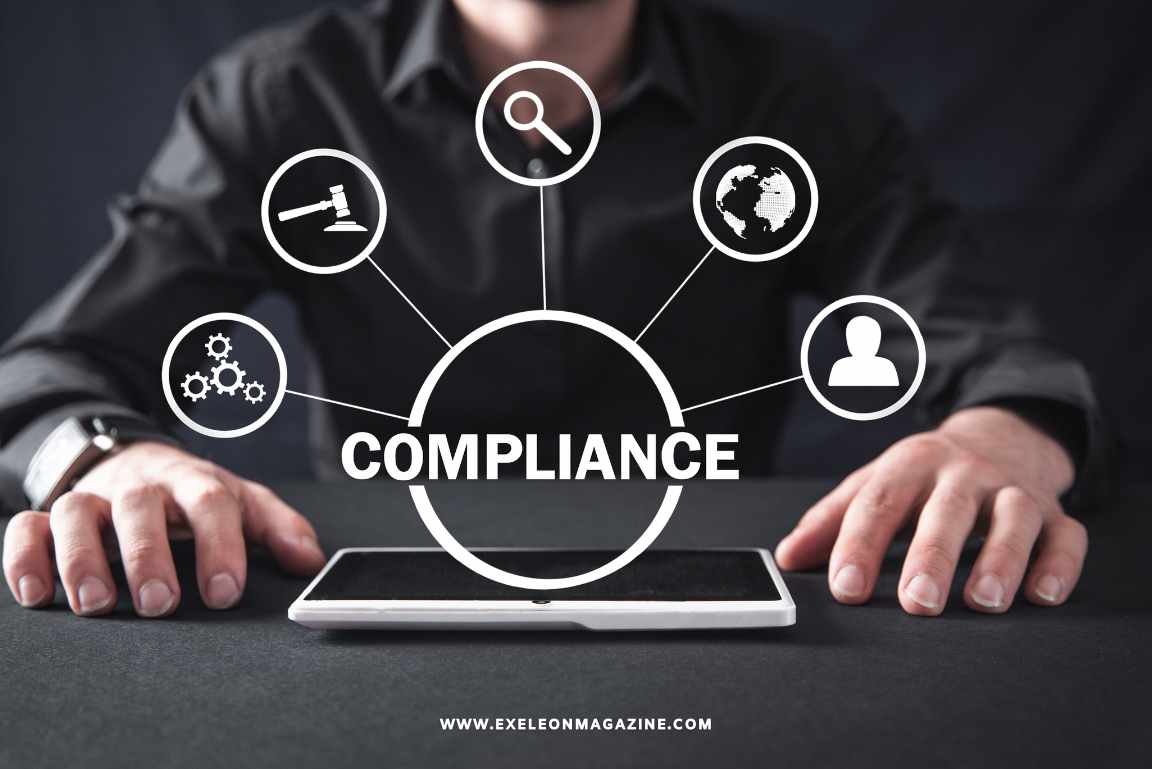
A business leader’s job is never the same. Innovation and growth is no less important than remaining in line with changing regulations. Creative thinking in the face of compliant practice may seem daunting, but great managers know it’s part and parcel of modern business.
So let’s explore how these business leaders embrace compliance without letting it limit them.
Knowledge of Compliance Gives a Competitive Edge
A lot of people treat compliance as a tick-box or a chore, but business executives are smarter than that. Compliance is not about avoidance of fines and litigation; it’s trust. Customers, shareholders and partners demand to see that a business is doing good work. Being proactive with regulation also helps executives to market the company as transparent and credible, which gives a competitive advantage.
Take the data privacy regulations such as GDPR or CCPA. Other companies had to catch up but proactive leaders used the shift as an opportunity to streamline. In being early adopters, they didn’t just avoid fines but also communicated to their customers that privacy is their number one priority. That trust is priceless in the long run.
Creating a Culture of Compliance
Successful leaders don’t see compliance as a burden – they put it into the company culture. This starts with education. The people working there should be aware of the reason compliance matters. When everyone is committed to compliance as a part of the company’s purpose instead of a hiccup, the entire organization can be more adaptive to emerging rules.
Communication is key here. Teams are updated with changes in the industry as soon as leaders know about them. They help employees feel like they can open up about an issue or report it. This prevents mini-compliance crises from becoming the big mess they are. Many organizations now consult with a compliance specialist to navigate the complexities of industry-specific regulations and ensure that their systems, teams, and practices are audit-ready from the start. These professionals bring in-depth expertise that helps leadership translate legal requirements into practical, scalable policies.
Leveraging Technology to Stay Ahead
Complying in the modern world is hard enough. This is why a lot of entrepreneurs turn to technology for help. Compliance software today can be automated, warn of threats, and even predict the regulatory future. The AI of analytics to blockchain transparency applications means leaders don’t have to do compliance with their eyes closed.
For instance, banks leverage AI to search transactions for indications of fraud or money laundering, in real-time and within the bounds of the highest regulatory standard. Supply chain transparency measures in other industries record materials and labour practices to make companies comply with the moral codes.
Online casinos often use AI to check regulations in different parts of the globe quickly when releasing a new game or bonus as an initial part of their research (click here to view an example). Leaders can use these tools to simplify compliance while getting back to the business.
Building Resilient Partnerships
No company is an island, and compliance isn’t always limited to a single company. Effective leaders know to align with peers who also believe in compliance with regulations. Suppliers, contractors, service providers; it’s important to ensure everyone in your ecosystem is compliant.
This requires due diligence. CEOs vet partners well and have clearly defined rules for compliance. They’ve also got open lines of communication, so if laws change, everyone can keep up. Investing in an ecosystem of trustworthy, compliant partners allows entrepreneurism to establish a sustainable foothold.
Staying Flexible in the New Era
Laws don’t stay put – they change with technology, social demands and even international dynamics. Leaders who are great at obedience love this transience. They not only accept change, they embrace it. It means staying on top of regulatory changes and being ready to scale up as needed.
In the case of international health emergencies, for example, large numbers of companies need to move swiftly to meet upcoming health and safety standards. Those with flexible compliance models can make changes without any fuss. Adaptability is the hammer with which leaders can get past compliance hurdles while still being driven by purpose.
The Global Impact
Compliance just much more than just affecting local businesses like a solar installer to a multinational like Tesla to cite one example from each end of the spectrum.
For smaller, local companies it is about instilling trust within the more localized community and becoming a trusted brand. For multinational companies, staying compliant means wading through an array of different regulations from country to country, with varying degrees of sophistication. International leaders not only need to be on the ball in their jurisdictions but need to prepare themselves to comply with international ethical and legal requirements.
This can be complicated and requires special teams or consultants with knowledge in international compliance, so businesses can operate as normal without violating different regulatory environments. It’s a delicate trade-off, but one that becomes all the more important in a connected world.
Balancing Innovation with Compliance
Compliance is one of the trickiest factors for leaders to navigate since it can be so limiting. Managers have to balance between being inventive and playing by the rules. The secret is to think of compliance as a manual, not a barricade. It’s about how to create new ideas in the legal limits.
Think of the fintech space, for instance. These types of startups are never far out of their comfort zones, but it has its financial rules too. Through the engagement of regulators, these firms manage to innovate in a manner that is responsible, so that their new-found remedies are legal and effective.
The Human Element
In the end, compliance is about people; consumers, workers and the public. Compliant leaders show they care about protecting the people who come into contact with their company. This humanism is what builds the reputation of a company.
Fair labor practices in supply chains, for instance, or customer data security is not about staying out of jail – it’s about being ethical. When managers put people first in their compliance work, they create companies that will last.
Conclusion
Compliance is not easy to keep up with, but being adaptable and creative can help leaders stay afloat. Through treating compliance as an enabler rather than a liability, leaders set their organizations up for longevity.
From technology to creating a climate of accountability, all these practices ensure compliance isn’t a tick-box – it’s the foundation of responsible, creative leadership.









